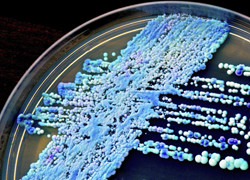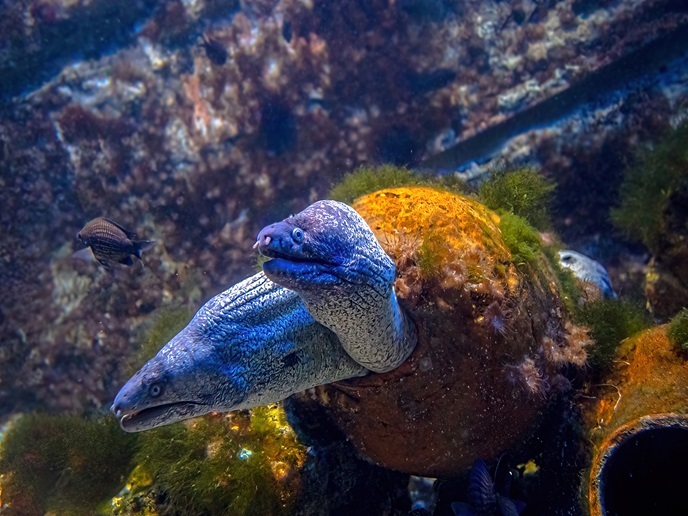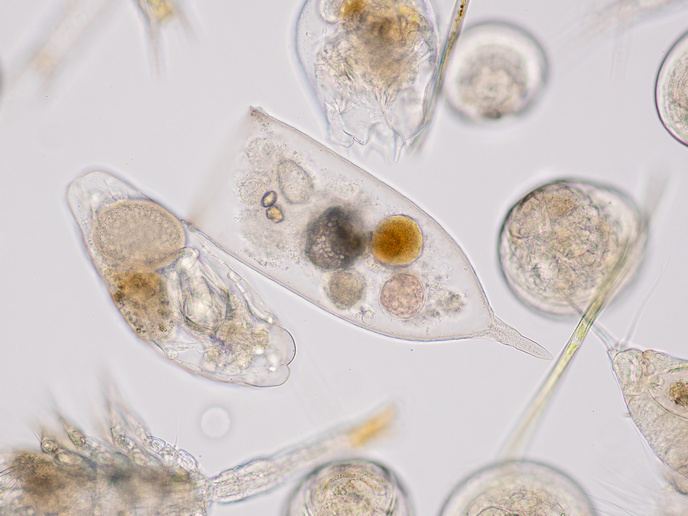Hybrid vigour in a changing world
Looking at evolutionary trees, there is indirect evidence that when different varieties of organisms interbreed, the resulting transgressive or extreme phenotypes may be able to withstand harsher environments than their parents. The HYBRAD project has presented direct experimental evidence from yeast (Saccharomyces) crosses for the ecological divergence of transgressive hybrids. The research team crossed phenotypically and genetically different yeast strains and compared the resulting hybrids with their parents in harsh environments. These new situations mimicked various increasingly stressful pollution events. The transgressive hybrids could outcompete against their parents in a wide range of environments and were up to three times as fit, in the evolutionary sense. HYBRAD also tested the survival mechanism known as 'evolutionary rescue' by looking at interspecific hybridisation where more distant relatives of yeast interbreed. Hybridisation increased the probability of evolutionary rescue compared to both parental lineages and intraspecific crosses. This is attributed to the fact that hybridisation boosts the genetic variance and phenotypic novelty available to natural selection. Looking at even more distinct parents and the results of crosses, HYBRAD selected the hybrids from 10 increasingly stressful environments. Sampling genotypes and using a project-modified restriction site associated DNA (RAD)-tag protocol, they have promising preliminary results. The method allows for mass screening of many genotypes for recombinant events as well as radical genetic change such as aneuploidy, the addition or loss of whole chromosomes. Results of project experiments have featured in peer-reviewed journals Journal of Evolutionary Biology and Evolutionary Applications. Overall, HYBRAD has delivered a series of important experimental evolutionary models that mimic the trend of an increasingly polluted environment. Moreover, the project devised state of the art technological improvements in genomic protocols that will no doubt help to give European research a competitive edge.







